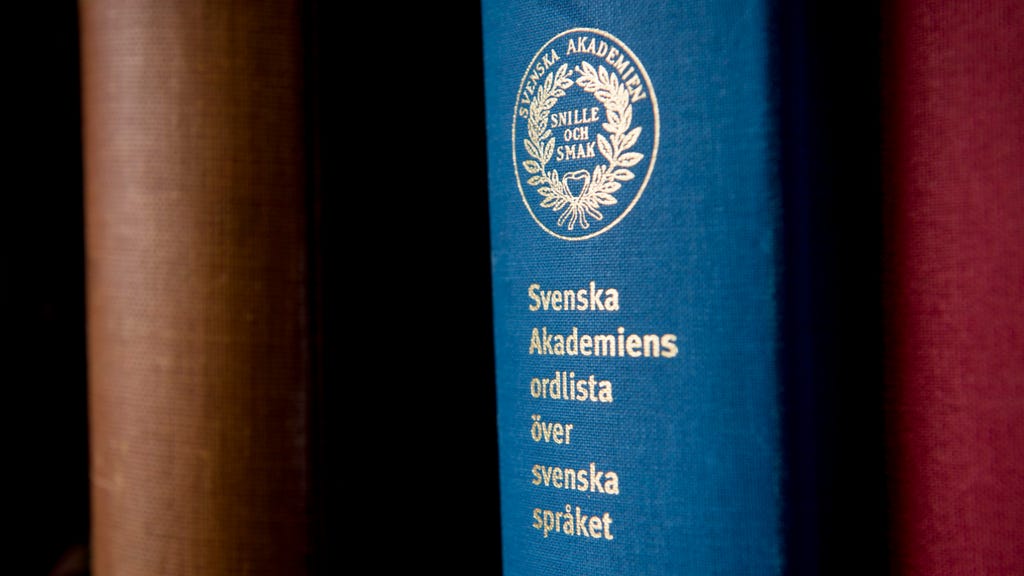This text presents the results of a 12-question vocabulary quiz. While the user’s specific answers are missing, the correct answers, the percentage of users who answered each question correctly, and a prompt for feedback are included. Let’s break down the quiz and the results in more detail.
The quiz itself focuses on somewhat obscure vocabulary words, challenging participants to discern their meanings. The questions are presented sequentially, one at a time, with four multiple-choice options for each. Words like ”otalig” (innumerable), ”troskyldig” (innocent/trusting), and ”köpslå” (to bargain/haggle) suggest a focus on nuanced language, potentially targeting non-native speakers or those seeking to expand their vocabulary. Other words like ”eklatant” (blatant), ”apologet” (apologist/defender), and ”histrion” (actor) lean towards more academic or literary usage. The inclusion of ”kulak” (wealthy peasant farmer, often used in a historical Soviet context) hints at a potentially broader range of lexical knowledge being tested.
The results portion of the text reveals the overall performance statistics for each question. The most frequently answered correctly were ”vy” (view/outlook) with 100% and ”rekommendera” (to recommend) with 99%, suggesting these terms are widely understood. Conversely, ”histrion” proved to be the most challenging, with only 17% answering correctly, indicating its relative obscurity. Other words like ”apologet” (38% correct) and ”okristlig” (unreasonable/48% correct) also posed significant difficulty for participants. This range of difficulty levels suggests the quiz aims to cater to a range of vocabulary proficiencies.
The distribution of correct answers across all participants is also provided. While the exact numbers of participants aren’t given, percentages are shown for each possible score from 0 to 12. The most common scores cluster around 8 and 9 correct answers, with 24% of participants achieving each of these scores. This suggests a moderate level of overall vocabulary proficiency among those taking the quiz. The relatively low percentage (5%) achieving a perfect score of 12 reinforces the challenging nature of the quiz.
Following the performance statistics, a ”Facit” (answer key) section is provided, reiterating each question along with the correct answer. While the user’s chosen answers are absent in this specific instance, the format suggests the quiz usually displays the user’s choice alongside the correct answer for immediate feedback. The inclusion of a ”Fördjupning” (further explanation) prompt after each answer suggests an opportunity for users to learn more about the word’s meaning and usage. This feature enhances the quiz’s educational value, encouraging deeper engagement with the vocabulary.
Finally, the text concludes with a feedback request, inviting users to report errors or offer suggestions to the quiz editors. This demonstrates a commitment to continuous improvement and responsiveness to user input. The overall structure of the text prioritizes clarity and accessibility, likely aimed at facilitating learning and self-assessment for those interested in improving their vocabulary.
Expanding on the analysis, the choice of words in the quiz reveals a focus beyond everyday vocabulary, delving into more nuanced and less frequently encountered terms. This could indicate a target audience interested in advanced language learning, perhaps for academic or professional purposes. The absence of contextual sentences within the quiz questions adds to the challenge, requiring participants to rely solely on their understanding of the word’s definition.
Furthermore, the performance statistics provide insights into the relative difficulty of different words within the chosen set. The higher percentages of correct answers for words like ”otalig,” ”köpslå,” and ”töcken” suggest a familiarity with more common literary or slightly archaic terms. In contrast, the lower percentages for words like ”eklatant,” ”apologet,” and ”histrion” highlight the difficulty of less frequently used, more academic vocabulary.
The distribution of scores, peaking around 8 and 9 correct answers, points towards a general trend of moderate vocabulary proficiency amongst participants. This distribution, along with the challenging nature of some questions, suggests the quiz is designed to engage learners at an intermediate to advanced level.
The inclusion of a feedback mechanism underlines the quiz’s focus on user experience and continuous improvement. By soliciting feedback, the creators aim to refine the quiz, addressing potential errors and incorporating user suggestions. This iterative approach contributes to the quiz’s overall effectiveness as a learning tool.
In summary, the text presents a challenging vocabulary quiz covering a range of less common words. The results section offers detailed performance statistics for each question and overall score distribution, providing valuable insights into vocabulary proficiency. The inclusion of an answer key and a feedback mechanism further enhances the learning experience, encouraging deeper engagement and continuous improvement. The quiz’s structure and content suggest a focus on intermediate to advanced language learners seeking to expand their vocabulary beyond everyday usage.














